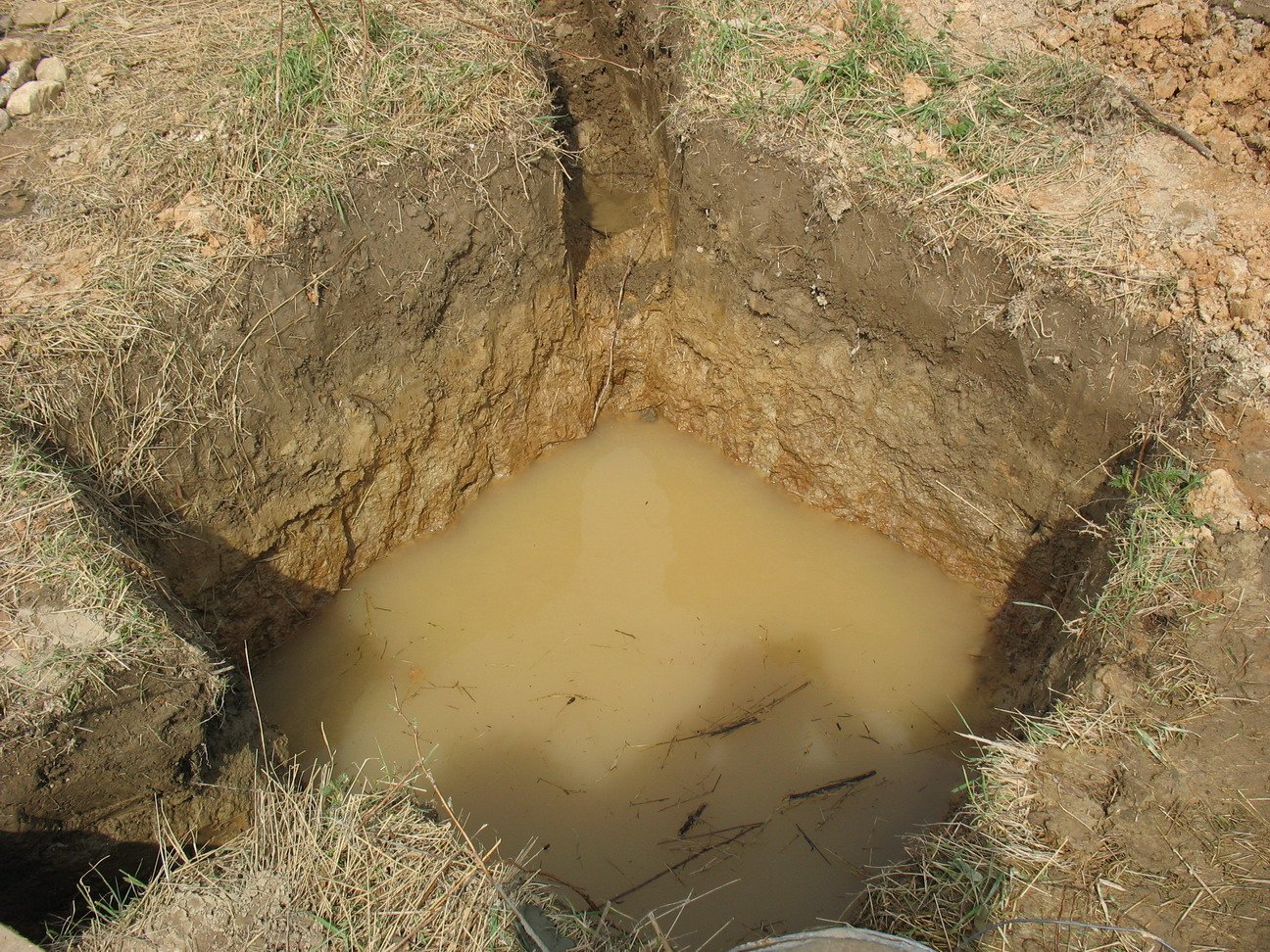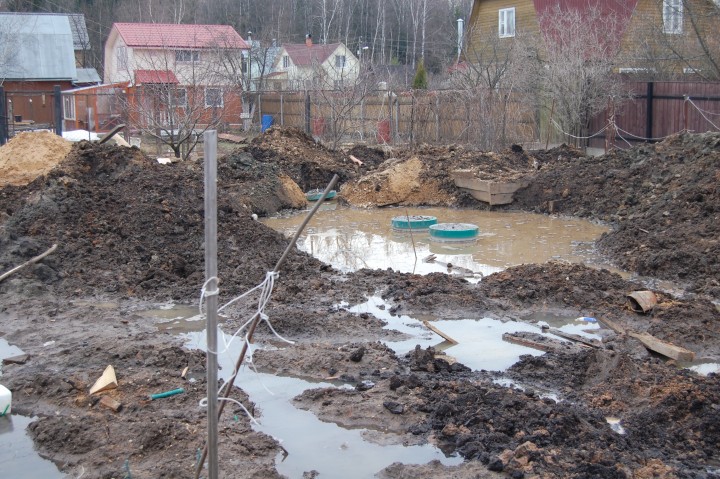Search
Login
Improving soil fertility
The soil is called fertile if it can provide the plant with nutrients and moisture. Not every soil can fully provide the plant with everything necessary. In this article, we will talk about methods of cultivating such soils.
Content
- Problems on the site video
- High water table
- Water does not go away
- Light soil
- Heavy soils
- Soil acidity
Problems on the site
The long-awaited dream came true, you have acquired or inherited a land plot.
First euphoria, enjoy the sun, greenery, etc. But the farther into the forest, the more firewood.
Because it is very rare, and maybe there are no sites at all without problems.
You planted seedlings of fruit plants, they went well, but after a year or two, they began to die.

Cause? For example, a high level of groundwater. Or maybe the soil is too heavy or too light. Or maybe you purchased a site in a former garbage dump with a high content of construction waste.
Let's try to solve these problems with you.
High water table
High groundwater levels are very common in our gardens.
Experienced gardeners will immediately pay attention to the fact that the soil on the site is sticky, as if swampy.

Moreover, such soil may not be in the whole area, but in separate places, especially in low ones.
In a hot, arid summer, you will not feel much inconvenience.
But if it rains, the site will stand in the water.
If you dig a hole for seedlings, water quickly appears at the bottom.
Plants are divided into hygrophilous and those that do not tolerate excessive moisture and in these areas they grow poorly and can die.
What to do? The surest and easiest option is to plant plants that like high humidity.
Such plants include willow, perennial hygrophilous plants: ostelb, hosta, tenacious creeping, and loosestrife.
You can make a small pond, digging a hole, the banks of which can be ennobled with these plants, thereby creating a luxurious flower garden near the pond.
The second option is possible - to raise the ground level.
Thus, you will improve the conditions for the growth of flowers and vegetables.
Such flower beds and vegetable beds must be fenced, i.e. put the sides, they will hold the ground.
This option is very time-consuming, since it is necessary to hire workers or to tear yourself.
In addition, large investments will be required, since if you can scatter the land yourself, then you must still buy and bring the zemlyatska.
A third option is possible - to lay a drainage system, specialists are hired for this, the site is examined and a drainage system is being built.
This option is even more expensive, a simple gardener does not pull.
But if water appears only in the lowlands, you just need to dig a deep hole, let the water drain into it.
Water does not go away
But if you take action and the water doesn’t soak into the soil at all or is not leaving well, try to find out the reasons.
And the reason may be - a too compacted layer of earth due to heavily compacted soil.

To get rid of this problem - dig the entire area deeper than on the bayonet of a shovel.
Sometimes builders, making it easier for themselves to clean the garbage, bury it in the ground.
It’s enough to even bury the plastic film and if it is under the first tier of the earth, here’s the reason for the stagnation of water.
What to do? Again, carefully dig the soil and remove all construction debris.
Light soil
What a blessing! You got light soils, these are sandy or sandy loamy.
Such soil has very good water and breathability.
Work on such land is easy. But here are pitfalls, this land is not able to hold and absorb fertilizer in the right amount.

And the main sign of such soil - the water instantly leaves.
For the normal growth and development of the plant, moisture is required a little, so frequent watering is necessary on light soils, while the amount of water can be reduced.
In hot summers, sandy and sandy loamy soil overheats very quickly and cannot hold moisture.
The result of these shortcomings is overheating of the root system, overdrying of the plant.
What to do? It is necessary to create a favorable habitat for soil microorganisms.
For this purpose, in light earth, periodically introduce compost, humus and peat.
Do not forget to constantly cover the ground with mulch.
After mowing the lawn, put the mowed grass in the rows of vegetable planting, cover with this grass the trunks of fruit trees and shrubs.
For better nutrition of the plant, periodically apply mineral fertilizers, be sure to quickly action.
Fertilize often, but in small doses.
Heavy soils
Do not shed tears if you have heavy soil.
Because it is heavy, it is very difficult to work on it.
This soil is difficult to cultivate, sticky, dry, and becomes hard, like a stone block.
It’s hard to dig up such land.
On heavy soils and plants grow their own: meadow geranium, bird highlander, burdock, coltsfoot, dandelion, wheatgrass, plantain and daisy.
If you got such a land, get ready to improve it.

In such soil, rotted manure, rotted leaves, peat should be added.
In the fall, make plowing or digging, while not breaking up clods, but simply turn over the layers.
With this cultivation of the earth, nature itself will do the work for you.
In frost, lumps collapse and loosen the earth.
And if your hands fell, do nothing.
And many cultivated plants grow on such land: junipers and other conifers perfectly live on such soil.
From perennial grassy: hosts, grassy peonies, daylilies, astilbe, panicled phlox, etc. - perfectly develop on heavy lands.
By carefully selecting plant varieties, you can create beautiful compositions and not tear your body.
Soil acidity
In addition to the mechanical composition of the soil, the size of the crop, largely depends on the acidity of the soil.

Most cultivated plants develop better on slightly acidic and neutral soil.
The degree of acidity of the soil is indicated by the pH sign.
You can find out more about the fight against soil acidity on our website page. Growing plants taking into account soil acidity”.





